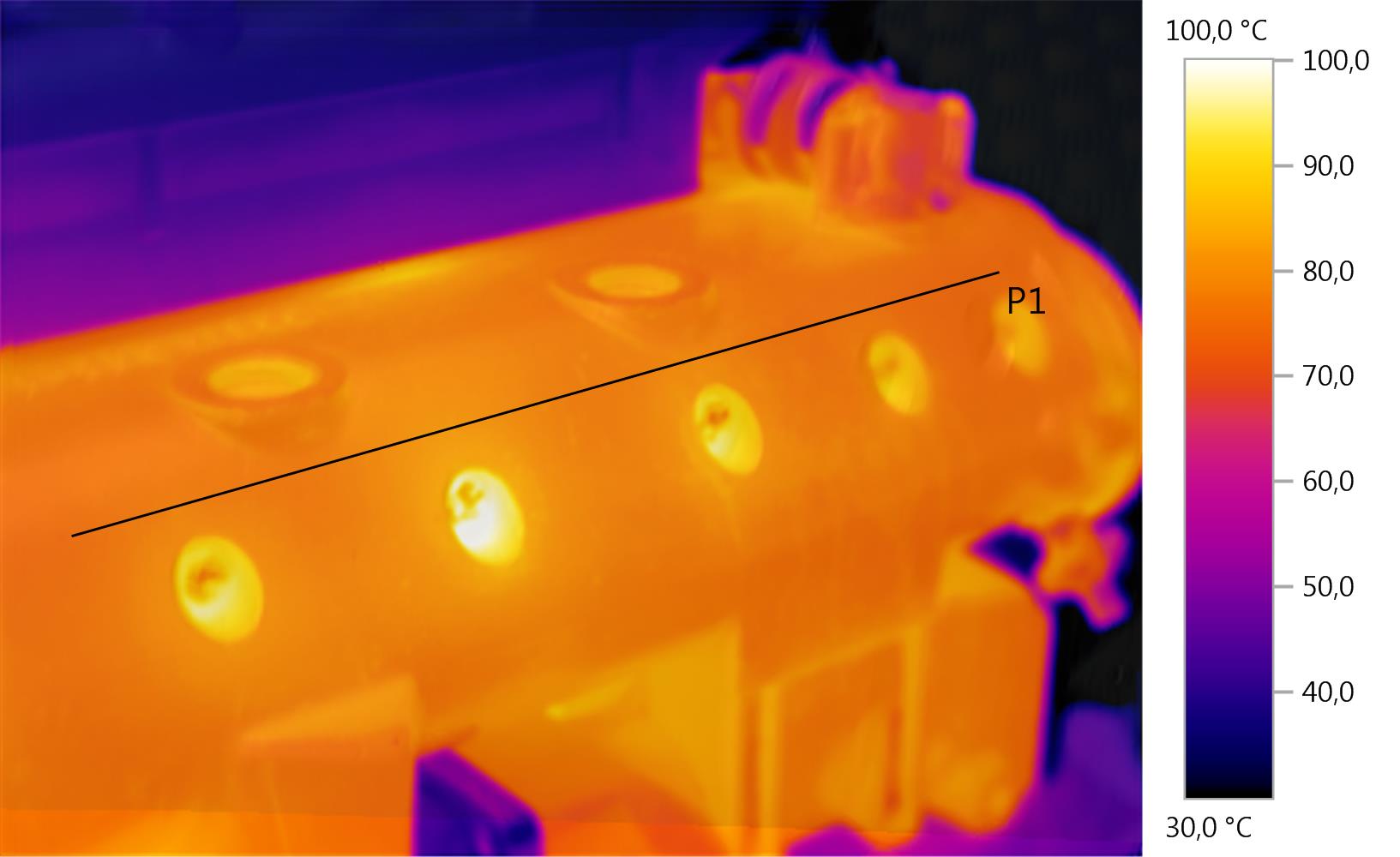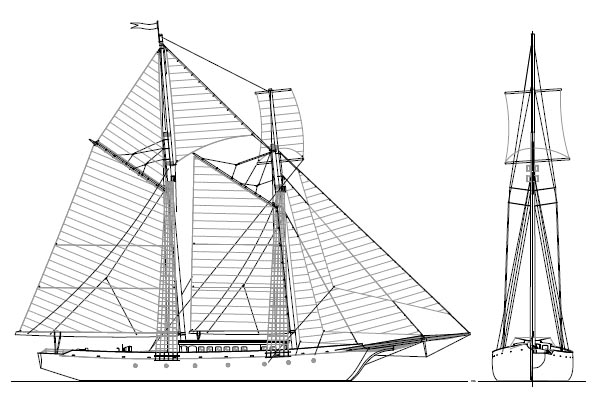Essentially the hull, in its most intimate structure, particularly in the fiberglass vessels, can not be analyzed directly.
The expert may evaluate, through the test of percussion or, on request, by ultrasonic testing, the presence of delamination (separation of the layers of glass fiber), and the external conditions of the gel-coat – for such operation part of antifouling paint and primer will be removed, and should be rispristinate before launching. We can evaluate the moisture absorbed by the hull, but only if the boat has been dry-docked for at least three to seven days.
Yet, the inside of tanks and what is behind or below, the interior of the engine and the transmission will remain invisible. The expert may require the boat owner to remove some panels, or dunnage, but for the rest we rely on our experience and ability to interpret the signals that the boats are capable of transmitting.






